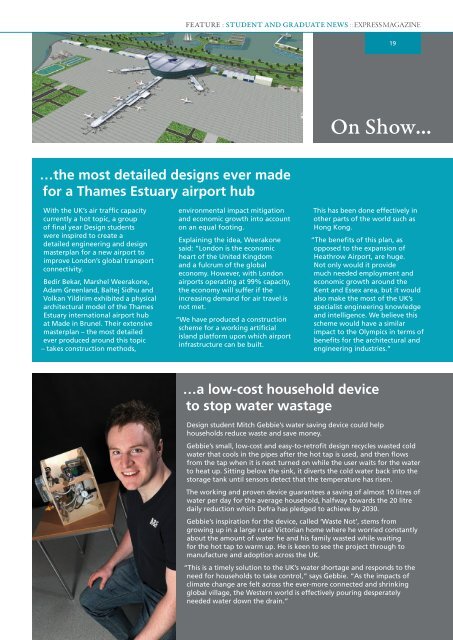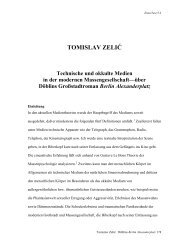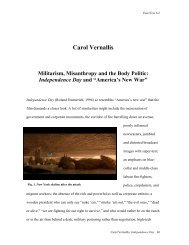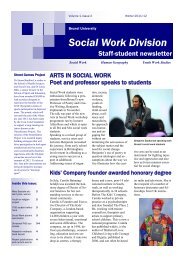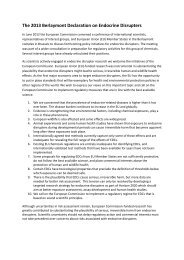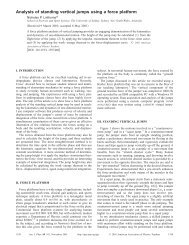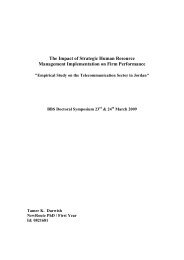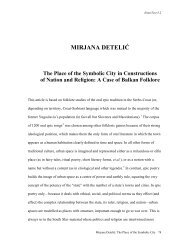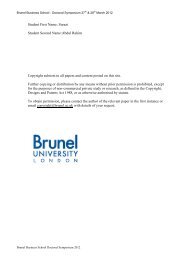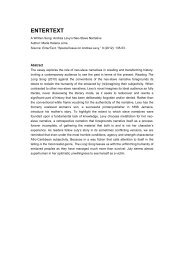Issue 16 Autumn 2012 - Brunel University
Issue 16 Autumn 2012 - Brunel University
Issue 16 Autumn 2012 - Brunel University
Create successful ePaper yourself
Turn your PDF publications into a flip-book with our unique Google optimized e-Paper software.
…the most detailed designs ever made<br />
for a Thames Estuary airport hub<br />
With the UK’s air traffic capacity<br />
currently a hot topic, a group<br />
of final year Design students<br />
were inspired to create a<br />
detailed engineering and design<br />
masterplan for a new airport to<br />
improve London’s global transport<br />
connectivity.<br />
Bedir Bekar, Marshel Weerakone,<br />
Adam Greenland, Baltej Sidhu and<br />
Volkan Yildirim exhibited a physical<br />
architectural model of the Thames<br />
Estuary international airport hub<br />
at Made in <strong>Brunel</strong>. Their extensive<br />
masterplan – the most detailed<br />
ever produced around this topic<br />
– takes construction methods,<br />
FeATUre :: sTUdeNT ANd GrAdUATe NeWs :: eXPRess MAGAZINe<br />
environmental impact mitigation<br />
and economic growth into account<br />
on an equal footing.<br />
Explaining the idea, Weerakone<br />
said: “London is the economic<br />
heart of the United Kingdom<br />
and a fulcrum of the global<br />
economy. However, with London<br />
airports operating at 99% capacity,<br />
the economy will suffer if the<br />
increasing demand for air travel is<br />
not met.<br />
“We have produced a construction<br />
scheme for a working artificial<br />
island platform upon which airport<br />
infrastructure can be built.<br />
19<br />
This has been done effectively in<br />
other parts of the world such as<br />
Hong Kong.<br />
“The benefits of this plan, as<br />
opposed to the expansion of<br />
Heathrow Airport, are huge.<br />
Not only would it provide<br />
much needed employment and<br />
economic growth around the<br />
Kent and Essex area, but it would<br />
also make the most of the UK’s<br />
specialist engineering knowledge<br />
and intelligence. We believe this<br />
scheme would have a similar<br />
impact to the Olympics in terms of<br />
benefits for the architectural and<br />
engineering industries.”<br />
…a low-cost household device<br />
to stop water wastage<br />
on show...<br />
Design student Mitch Gebbie’s water saving device could help<br />
households reduce waste and save money.<br />
Gebbie’s small, low-cost and easy-to-retrofit design recycles wasted cold<br />
water that cools in the pipes after the hot tap is used, and then flows<br />
from the tap when it is next turned on while the user waits for the water<br />
to heat up. Sitting below the sink, it diverts the cold water back into the<br />
storage tank until sensors detect that the temperature has risen.<br />
The working and proven device guarantees a saving of almost 10 litres of<br />
water per day for the average household, halfway towards the 20 litre<br />
daily reduction which Defra has pledged to achieve by 2030.<br />
Gebbie’s inspiration for the device, called ‘Waste Not’, stems from<br />
growing up in a large rural Victorian home where he worried constantly<br />
about the amount of water he and his family wasted while waiting<br />
for the hot tap to warm up. He is keen to see the project through to<br />
manufacture and adoption across the UK.<br />
“This is a timely solution to the UK’s water shortage and responds to the<br />
need for households to take control,” says Gebbie. “As the impacts of<br />
climate change are felt across the ever-more connected and shrinking<br />
global village, the Western world is effectively pouring desperately<br />
needed water down the drain.”


